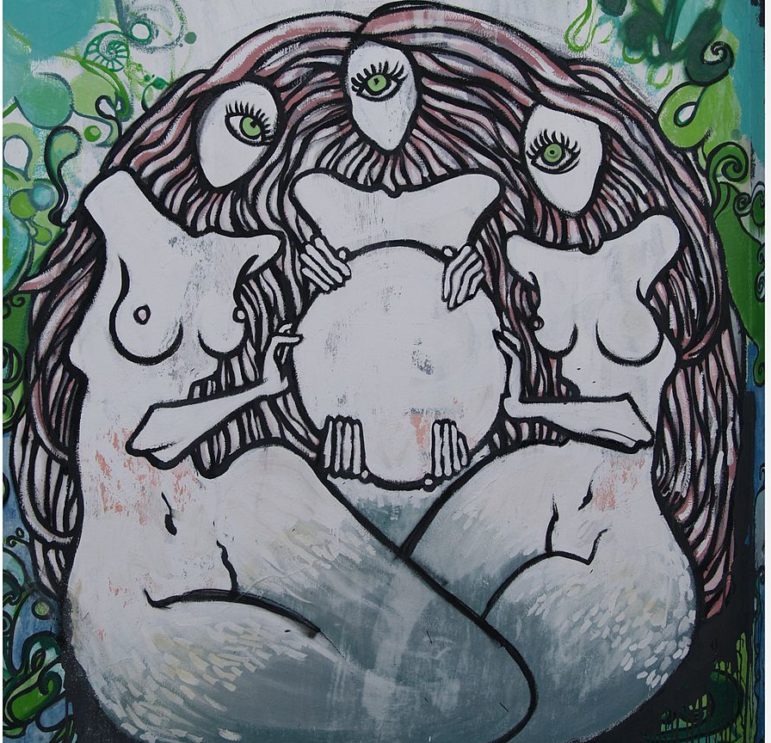
June 27, 2016, Women’s eNews
Croatia’s oldest women’s shelter, the Autonomous Women’s House of Zagreb, keeps its location a secret to protect its residents. Even its government funder and its lawyer of nine years do not know its street address. The shelter does not maintain a website or any social media channels, though it is consistently one of the primary authors of Croatia’s major reports on the issue of domestic violence.
Founded in 1990, this women’s domestic violence shelter reports a 93 percent success rate, meaning that only one woman per year returns to her abuser. “In a country where 31 percent of women have reported experiencing domestic violence ‘frequently,’” this is a model program that women’s shelters around the world would do well to study. The shelter attributes its success to maintaining its secrecy and being able to offer sanctuary to women and families for a year or longer.
The opening of this moving video produced by the shelter states that “every woman in Croatia has suffered some kind of physical violence.” Croatia declared independence from communist Yugoslavia in 1991 and gained full independence following the four-year Serbo-Croatian War. Croatian women were severely affected by the war. Poverty, rape, displacement, and murder were common realities. After the end of the war, women’s lives were distressed by a faltering economy.
Tricia Taormina, a journalist focused on gender issues, writing for Women’s eNews, an important, award-winning, global nonprofit news service “covering issues of particular concern to women and providing women’s perspectives on public policy,” provides a thoughtful report on the shelter’s pressing predicament: Does the shelter bend on principle to sustain vital government funding?
Now, after years of accepting its anonymity, the Croatian government is requiring the shelter have on-site inspections by its officials to receive funding under a new license agreement. Advocates say the provision forces them to choose between possible closure and an open address policy that could endanger the women staying there.
Sign up for our free newsletters
Subscribe to NPQ's newsletters to have our top stories delivered directly to your inbox.
By signing up, you agree to our privacy policy and terms of use, and to receive messages from NPQ and our partners.
The National Foundation for Civil Society Development is the shelter’s primary funder. This government body receives its funding from the national lottery, a state budget, and the European Union. The shelter recommended “one government official be permitted to inspect the shelter if she (‘because it has to be a she’) is willing to commit to the role long-term.” The government has yet to respond.
In 2003, the Croatian government adopted the Law on Protection against Domestic Violence (LPDV). This was one of the region’s first domestic violence laws. It has since made strides to prevent, respond to, and punish domestic violence. Still, the state must do more to fully realize victim safety and offender accountability. This lengthy report examines the laws, policies, and practices that constitute the Croatian government’s response to the pervasive problem of domestic violence and recommendations for improvement.
The domestic violence shelter and safe house movement in the United States began in the early 1970s. Two of the earliest shelters were Women’s Advocates in Minnesota and Transition House in Boston. Many of these early groups began by housing women in advocates’ homes for one or two days. Today, there are many ways to fund and manage these programs. As reported in NPQ, the Violence Against Women Act (VAWA) of 1994 “is the bedrock of funding for most nonprofit domestic violence organizations in the country, and has gradually become more representative of the diverse populations that are impacted by domestic and intimate partner abuse.”
Overseas, in places like Croatia, the challenge for funding is greater, though the mandates for a thorough response to domestic violence are as adamant as in the U.S. As a member of the United Nations, Croatia is obligated to protect its citizens’ human rights. The provisions of the Universal Declaration of Human Rights and numerous other human rights instruments, including the Declaration on the Elimination of Violence against Women, define and encourage Croatia’s obligations as a member of the international community. Croatia has ratified the Convention on the Elimination of All Forms of Discrimination Against Women. Croatia is also a member of the Council of Europe, which has adopted the Convention on Preventing and Combating Violence against Women and Domestic Violence (Istanbul Convention).
U.S. domestic violence initiatives can take confidence in knowing that most of the nations of the world are in agreement that by law, women and children need protection and support. The Autonomous Women’s House of Zagreb needs support, too—both inside Croatia and from around the world.—James Schaffer













